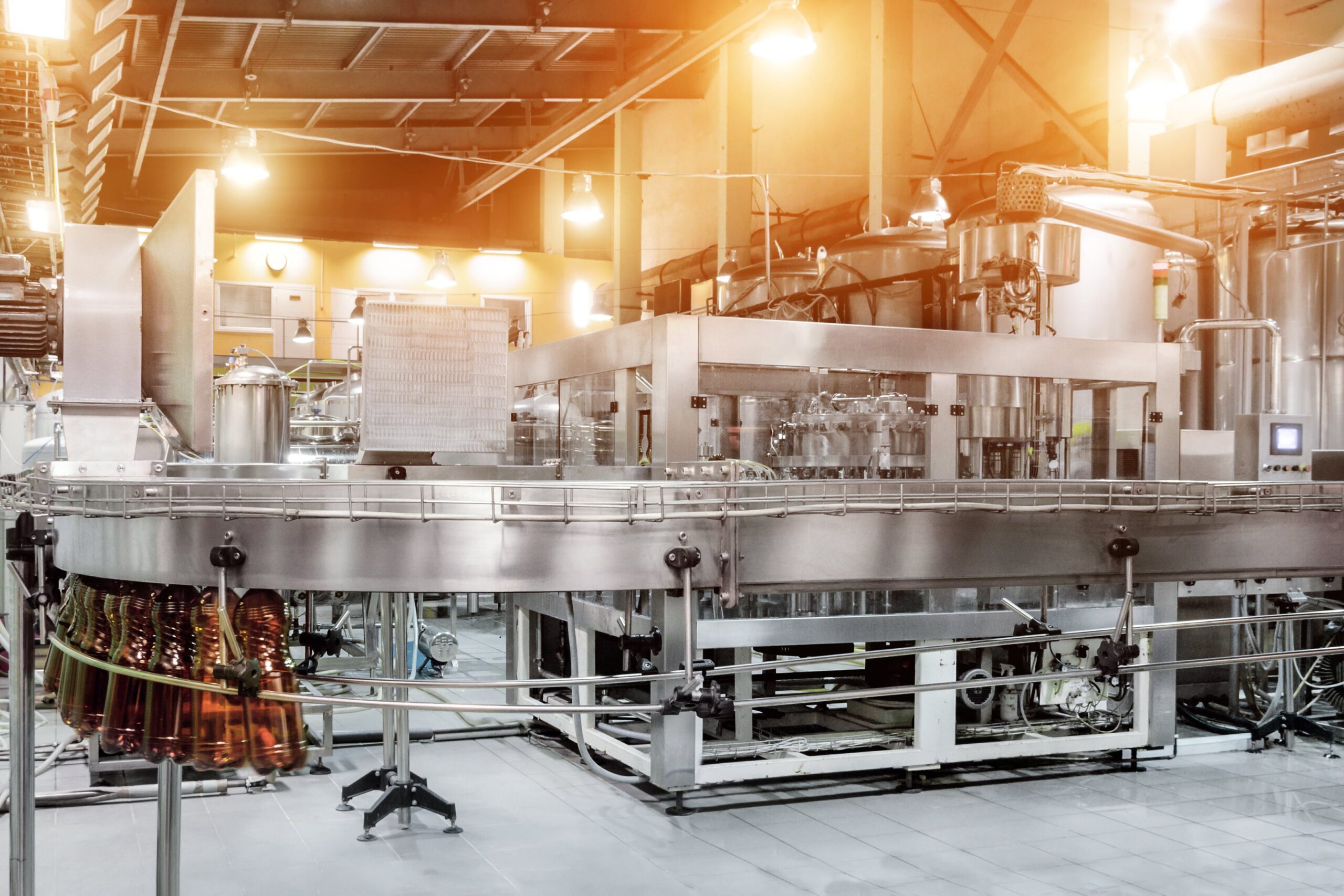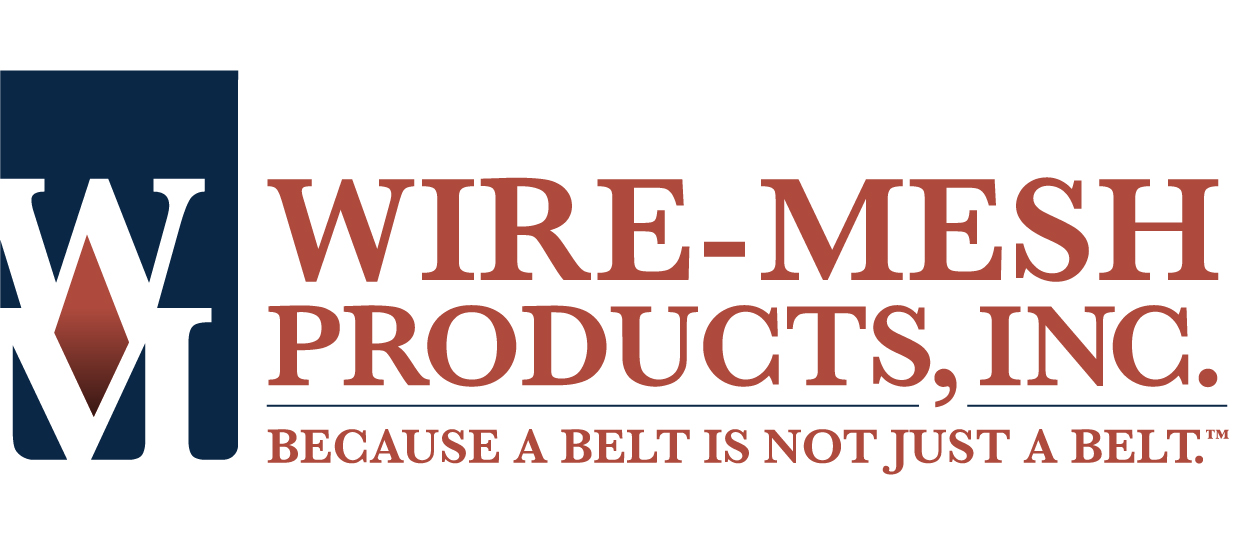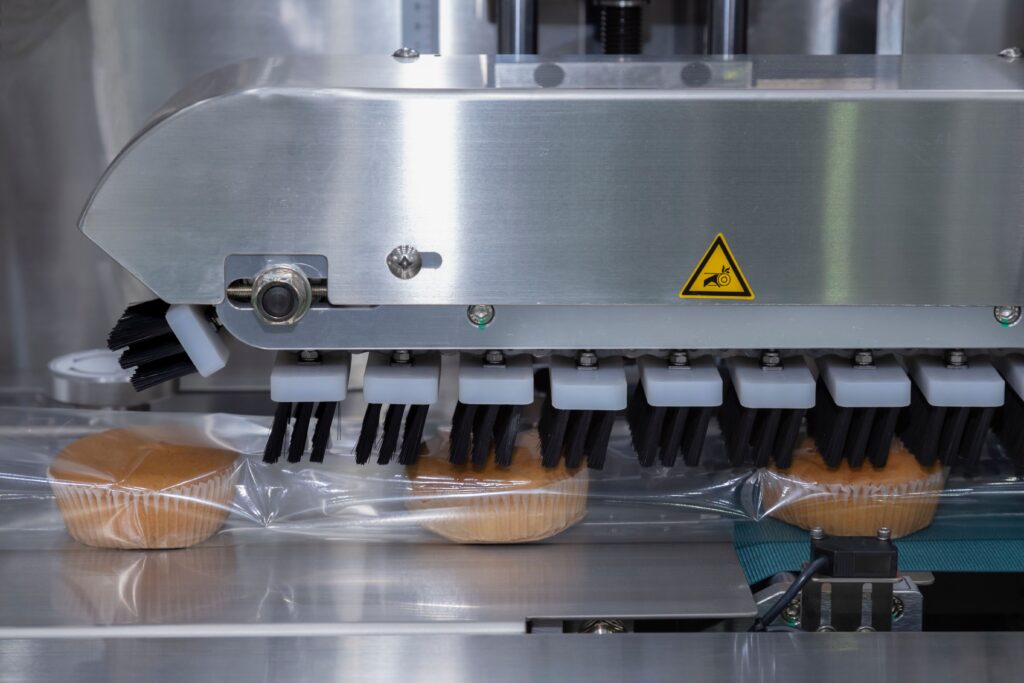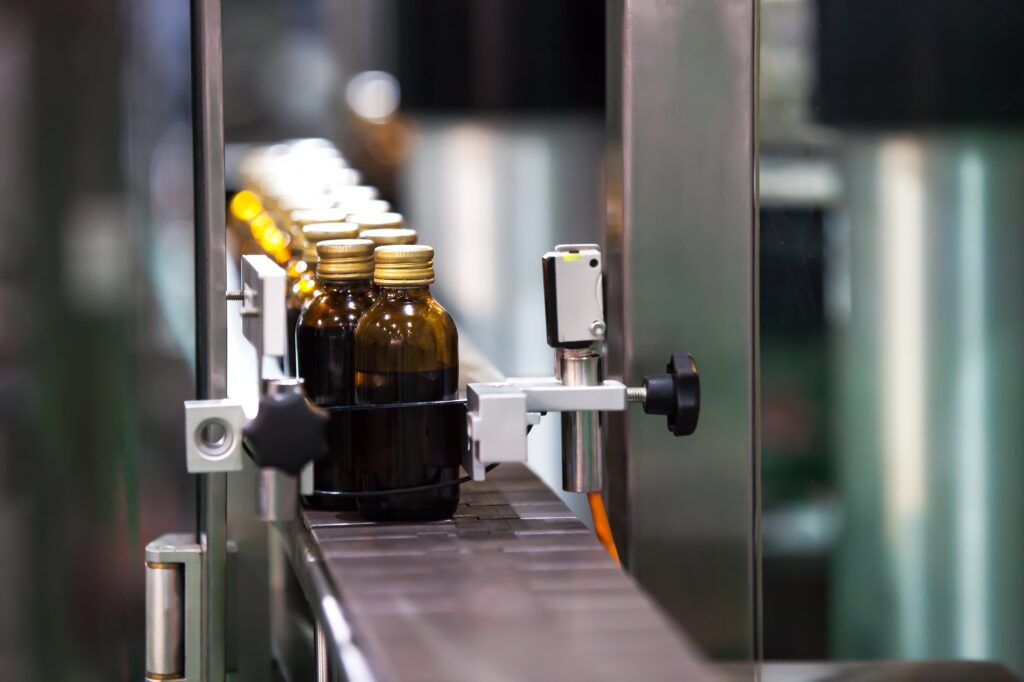
28 Feb How to Pick the Right Conveyor Belt for Material Handling and Food Packaging
There are many reasons businesses use conveyor belts for material handling and the food packaging industry. From efficiency to product safety, conveyor belts can help manufacturers increase production rates.
In this blog, we will discuss how wire mesh conveyor belts provide a combination of hygiene, durability, and customizations that are highly beneficial in the food packaging and handling industry.
Why Use Conveyor Belts For Material Handling?
Any business in the food packaging industry knows their operations require a large amount of material handling. In this industry, raw materials and finished goods need to be transported over long distances under sanitary conditions.
Typically material handling and food packaging conveyor belts are used to do the following:
- Move raw materials from storage to the processing area.
- Move finished products onto the packaging line.
- Move packaged goods to the shipping area.
People will always be concerned about how their food is produced and handled. Furthermore, the quality of food and other products is often determined by its hygienic environment.
This makes hygiene an essential element of any food processing and packaging unit in addition to several other factors.
Choosing The Best Conveyor Belt Material
The type of material chosen for a conveyor belt is critical and plays a major role in operational efficiency as well as product quality. The preference for belt material usually depends on what is being conveyed.
In the food packaging and handling industry, the most effective way of reducing the risk of contaminating packaged food products is using a conveyor belt that resists bacterial growth and withstands caustic washdowns.
Since the outcome of the products being conveyed depends on what the belt is fabricated with, many businesses select wire mesh as their material of choice. These belts stand out as the best choice for a variety of reasons which we will discuss below.
Hygiene
As we mentioned before, hygiene and food go hand in hand, which is why the material of conveyor belts for material handling and food packaging is crucial.
The open structure of wire mesh belts allows for easy cleaning and prevents the accumulation of debris or bacteria. This is especially important in food handling where cleanliness is a priority.
Ventilation & Drainage
Another advantage of using wire mesh belts is their ability to facilitate airflow and drainage. The mesh design is beneficial for processes that involve washing, cooling, or heating, which are all important in the production and handling of food products.
Durability
Wire mesh belts are typically made from stainless steel and other durable metals which are corrosion-resistant and can withstand high temperatures, and heavy loads.
Oftentimes in this industry, food is conveyed at varying temperature ranges during different stages of processing and handling.
An example of this is transporting products through a shrink-wrapping process. This process involves a shrink-wrap conveyor belt that encases products in a plastic film. Once the film is on, heat is applied to shrink the film tightly around the items, creating a secure and protective covering.
Shrink wrap conveyor belts need to be able to withstand high temperatures without warping or degrading, like wire mesh or specialized heat-treated materials.
Unlike plastic conveyor belts, wire mesh belts also have properties that give them the ability to operate in extreme temperatures without producing any toxicity when reacting with foods.
Customization & Versatility
Conveyor belts for material handling and food packaging need to be suited for a variety of products from baked goods to fresh produce.
Fortunately, wire mesh belts can be tailored to specific applications like different sizes of openings or specialized coatings, making them the most versatile option. For example, close and narrow linking is helpful for food products smaller in size.
Non-Slip Surface & Smooth Product Transport
When handling any kind of materials, it’s important that the products themselves don’t get disfigured or harmed while they are being conveyed.
Many wire mesh belts have a smooth, non-slip surface that keeps products in place and minimizes friction, reducing the risk of damage during transport.
Precision & Consistency
One of the reasons businesses use conveyor belts for material handling and the food packaging industry is because they ensure production runs swiftly and efficiently. However, in order for this to happen the belts must be consistent.
Wire mesh belts offer constant, precise movements, allowing for accurate positioning of products during packaging and handling processes.
Maintenance
Finally, wire mesh belts often incur lower maintenance compared to other types of belts. These belts are easier to clean and sanitize, which is important in any industry where contamination control is essential. In addition, they are less likely to fail or break prematurely, meaning they have a longer belt life.
The reduced time it takes to clean wire mesh conveyor belts after production also results in less water use, chemical use, and wastewater that needs to be treated.

Wire mesh conveyor belts stand out as an ideal choice for both material handling and food packaging due to their versatile characteristics.
Their customizable designs and resistance to corrosion make them adept at handling an assortment of materials, from heavy loads to delicate products, and their open structure enables efficient airflow, easy cleaning, and compliance with strict hygiene standards.
Whether it’s the durability and adaptability required for material handling or the hygiene and precision needed in food packaging, wire mesh belts offer reliability, efficiency, and safety across these critical industries.






Sorry, the comment form is closed at this time.